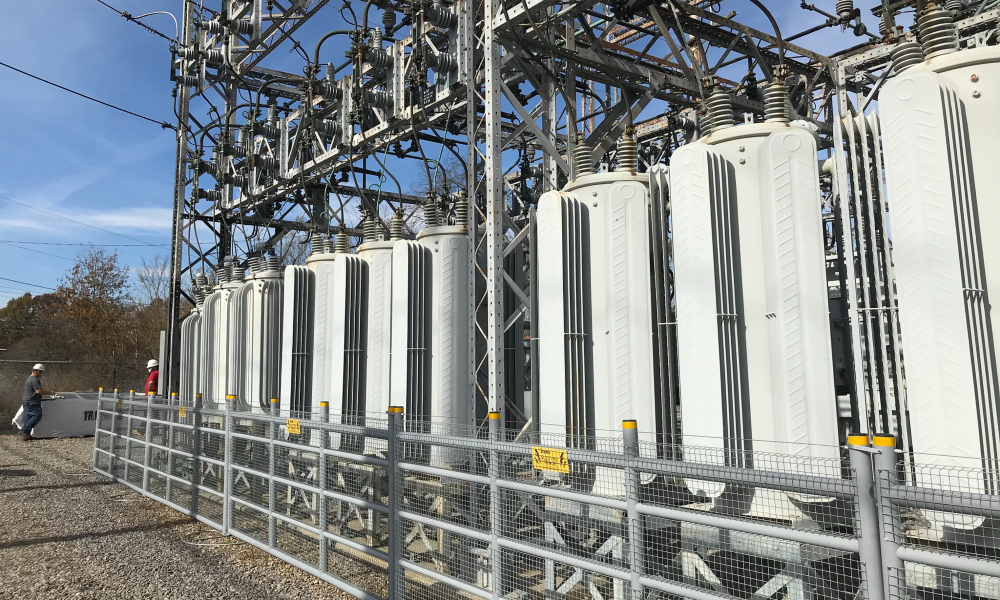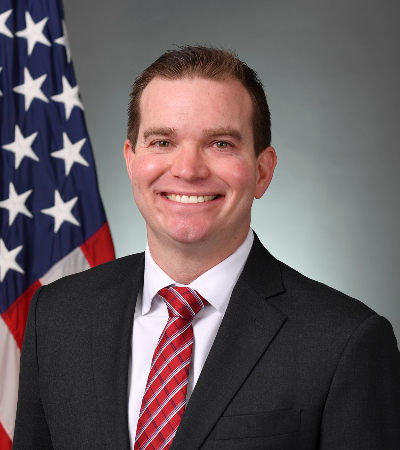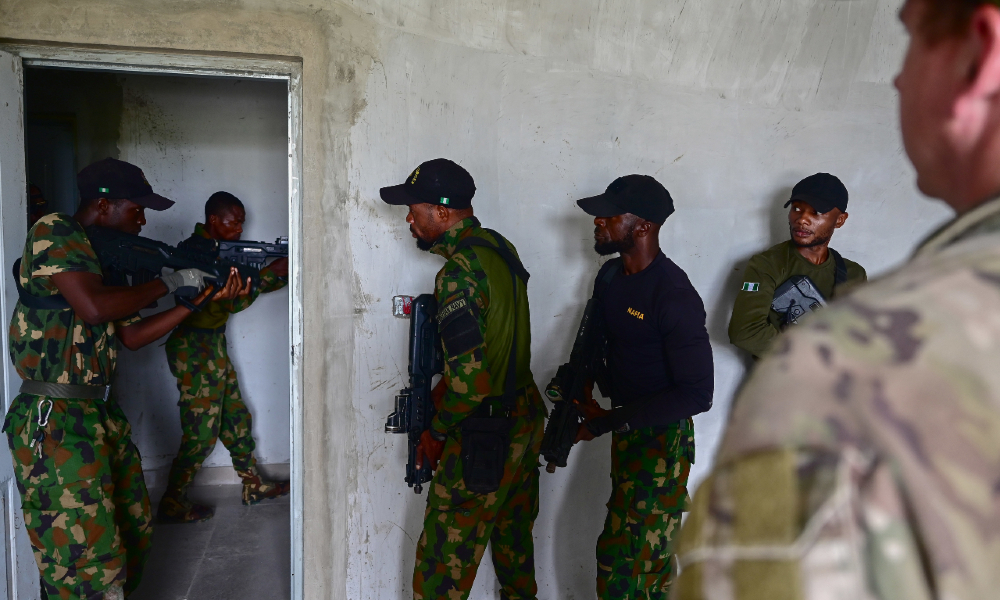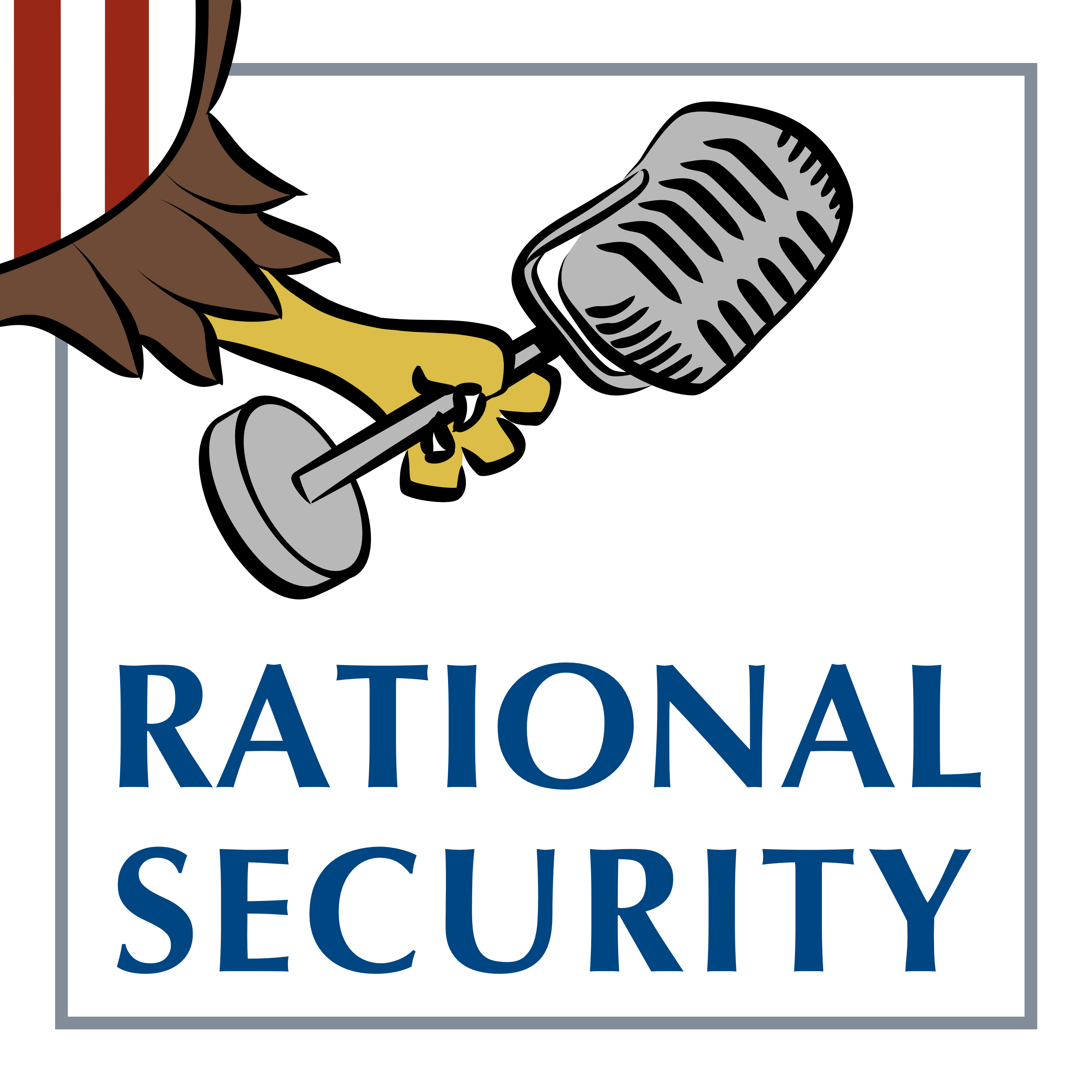Clearer Laws Make for Safer Grids

Published by The Lawfare Institute
in Cooperation With

Editor’s Note: The resilience of U.S. critical infrastructure is often tested, and it regularly fails. U.S. Air Force Lt. Col. Jesse Humpal argues that a few simple steps, such as clarifying laws and increasing training, can significantly reduce the risk to the electricity grid, making the system as a whole more resilient.
Daniel Byman
***
Interference with energy facilities has become too frequent to ignore. In December 2022, gunfire directed at transformers at two substations in Moore County, North Carolina, cut power to 45,000 residents. Schools closed, stores discarded spoiled food, and one woman who relied on an oxygen machine died. Since 2020, the Department of Energy has recorded hundreds of interference incidents each year, ranging from copper theft to coordinated extremist plots. On Christmas Day 2022, thieves in Washington state attacked four substations to disable alarms before burglarizing nearby stores. In Oregon, gunfire damaged equipment serving thousands. In early 2023, the FBI disrupted a neo-Nazi plan to sabotage Baltimore-area substations. These cases show that the threat is national, not local, and the situation could become even more dangerous should there be coordinated attacks: A federal analysis concluded years earlier that disabling just nine key substations could trigger a nationwide blackout.
Since 2018, 18 states have adopted critical infrastructure protection statutes. These laws do not require that every fence be fortified and that police guard every gate. Instead, they define which facilities are covered, specify prohibited conduct (such as trespassing, vandalism, or tampering), and set consistent penalties. Data that I have collected on this legislation and the targeting of energy facilities shows that the adoption of such laws correlates with a 27 percent decline in interference.
North Carolina’s response to the Moore County attack illustrates this approach. The state raised penalties, but the more consequential reforms were mundane. The legislature clarified the definition of an energy facility, required consistent signage, and encouraged short joint trainings for police and utility operators to improve evidence collection and coordination. Similarly, Oklahoma’s 2017 statute defined facilities in plain terms, required fencing or signage, and created felony penalties for trespass with intent to damage. Operators and police reported that the law clarified thresholds and simplified charging decisions.
In contrast, Louisiana’s 2018 statute offers a cautionary tale. It defined pipelines so broadly that public waterways used for fishing or kayaking overlapped with protected property. The law imposed felony penalties of up to five years, creating the risk that ordinary recreation such as boating or swimming could be criminalized. Civil rights groups sued, arguing that residents could not reasonably know when they were trespassing. North Dakota also offers a warning. In 2019, it imposed tougher sanctions but did not require signage or mandate training. Critics there warned the 2019 overhaul broadened offenses to include “interfering” or “inhibiting” operations, language that could invite enforcement ambiguity and inhibit lawful activity.
The mechanisms that explain the 27 percent reduction are straightforward. Plain statutory language and the use of one-page charging checklists reduce ambiguity for officers and prosecutors. Standardized signage that is content-neutral and visible makes boundaries obvious to the public and harder for intruders to ignore. Training improves safety when it is delivered through short recurring sessions and reinforced with simple dashboards that track incidents and responses, which in turn creates predictable handoffs among operators, law enforcement, and prosecutors.
Civil liberties safeguards are also necessary. Of the 18 states that passed new statutes, at least six, including Louisiana, Oklahoma, and North Dakota, have faced lawsuits or criticism for overreach.
The best laws avoid these pitfalls and are not expensive. Successful legislation includes narrow exceptions for journalists and researchers, requires visible signage so that people cannot unknowingly trespass, applies enforcement content-neutrally, and publishes aggregate dashboards that show how laws are used. These safeguards focus statutes on genuine threats while preserving public trust.
These statutes are not a cure-all. A 27 percent decline in incidents still means that some actors will carry out attacks despite clearer laws. Determined extremists, like those who plotted to sabotage Baltimore-area substations in 2023, are unlikely to be deterred by signage or training requirements. Likewise, opportunistic thieves who shot equipment in Washington state on Christmas Day 2022 may not have been stopped by clearer definitions of trespass. The point is not that laws can eliminate risk, but that they reduce the frequency of attacks and make enforcement more predictable, leaving fewer openings for accidents or actions by opportunists to escalate into crises.
Energy security is inseparable from national security. Energy infrastructure powers military bases, hospitals, and homes, and it is a known target for both adversaries and extremists. Every incident, whether a rifle shot in Moore County or copper theft in Oregon, tests resilience. Declines from clear and better statutes reduce outages, lower costs, and shrink opportunities for adversaries to exploit chaos.





